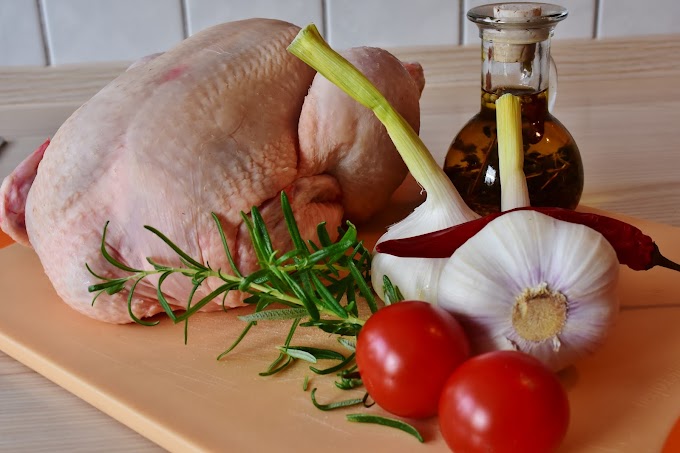Curry And Health Benefits
The word "curry" is derived from the Tamil word kari which means 'sauce,'. Meat or veggies cooked with spices with or without a gravy. it has been derived from a Sanskrit word "Kari" which means "to prepare". Curry is the word used to describe anything cooked with gravy and is analogous to the soup or stew. Curry can be made with any ingredients but mostly has three spices present which are turmeric, coriander and cumin. There are a variety of other spices in a curry depending on the food being cooked and the geographic region from where the curry belongs.
Chicken Curry is a common Indian dish which is popular all over the world. A curry has chicken in a sauce containing basic ingredients onion, yogurt and tomato this is then flavored with numerous species like ginger, chillies, cinnamon, garlic, cardamom.
India has a diverse variety of recipes for chicken curry just the way as it has diverse languages, culture, climate and regions. In the past, India has been ruled by many invaders,each rule provided India with its culture and food habits like mughal dishes have milk and cream in them. Every major region has its own unique chicken curry recipes with slight variations to popular recipes.
Similarly, Chicken is an excellent source of protein and contains less fat than most meats, especially the breast which contains half the fat of a beef. Chicken is a good source of niacin, which possesses cancer fighting properties.
It is also a good source of vitamin B6, which in conjunction with niacin, is good for energy production by helping the body's conversion of proteins, fats, and carbohydrates into usable energy, as well as good cardiovascular health. Similarly, some more ingredients used in curry are:
Onion and garlic
Onion and garlic are frequently used in curry recipes and both have protective effects - onion has been shown to protect against stomach and colon cancers for instance and garlic is well known for its anti-fungal and antibiotic properties. When cooked it is less powerful, but supposedly is good for the cardiovascular system.
Onion has also been used for centuries to treat coughs, colds and asthma as well as angina, bacterial infections, and breathing problems, while The World Health Organization recommends the use of onions for the treatment of poor appetite and to prevent arteriosclerosis.
Spices
While many people associate spices with the strong flavours of Indian food, they forget that like all foodstuffs they can provide important nutritional value.
For example both Ginger and turmeric appear to have an anti-inflammatory effect making them suitable for the treatment of arthritis. Unsurprisingly ginger does contain chemicals similar to those found in conventional anti-inflammatory medications, although it also acts to thin the blood, while turmeric seems to suppress the chemicals responsible for causing inflammation.
Cinnamon has also been identified as being important in the inflammatory response and a small amount taken every day will help lower the risk of factors leading to type 2 diabetes and heart disease by as much as 10 to 30 percent, although the jury is still out on cinnamon's anti-bacterial properties.
How to make simplest curry?
Making curry is also a simple process, Heat oil in a large pan and fry the onions until they become soft and transparent. Be careful not to burn them as this will ruin the flavour of your curry and means that you will have to start over.
It is important that you get this stage right. It will take ten minutes to cook your onions correctly. When the onions are cooked you can then add the ginger and garlic to the pan. Again watch that the heat is not too high. Fry the garlic and ginger for about one minute. You are the ready to add your curry paste.
Add the curry paste and fry in the oil for about another minute. If the curry paste starts to stick to the pan you can add a small amount of water, giving it a stir. Add the chicken/vegetables to your cooked spices and fry until it has turned colour,stirring occasionally. This will allow the spices to be absorbed into the chicken. Add the tomato puree and stir again. Cook for a further minute.
Add the tomatoes and stir until the sauce starts to thicken and bubble to the surface. This should be done at a medium heat. Slowly add the chicken stock/water a bit at a time while constantly stirring. You can use a chicken cube for this too. Now add salt to taste.
At this stage your curry sauce will be quite thin and runny,almost like a soup. Don't worry as it will soon thicken. Bring the curry to the boil and then reduce the heat to a simmer. I have found that the longer and slower that the sauce is cooked, the better that it will taste.
























0 Comments
If you have any doubts , please let me know